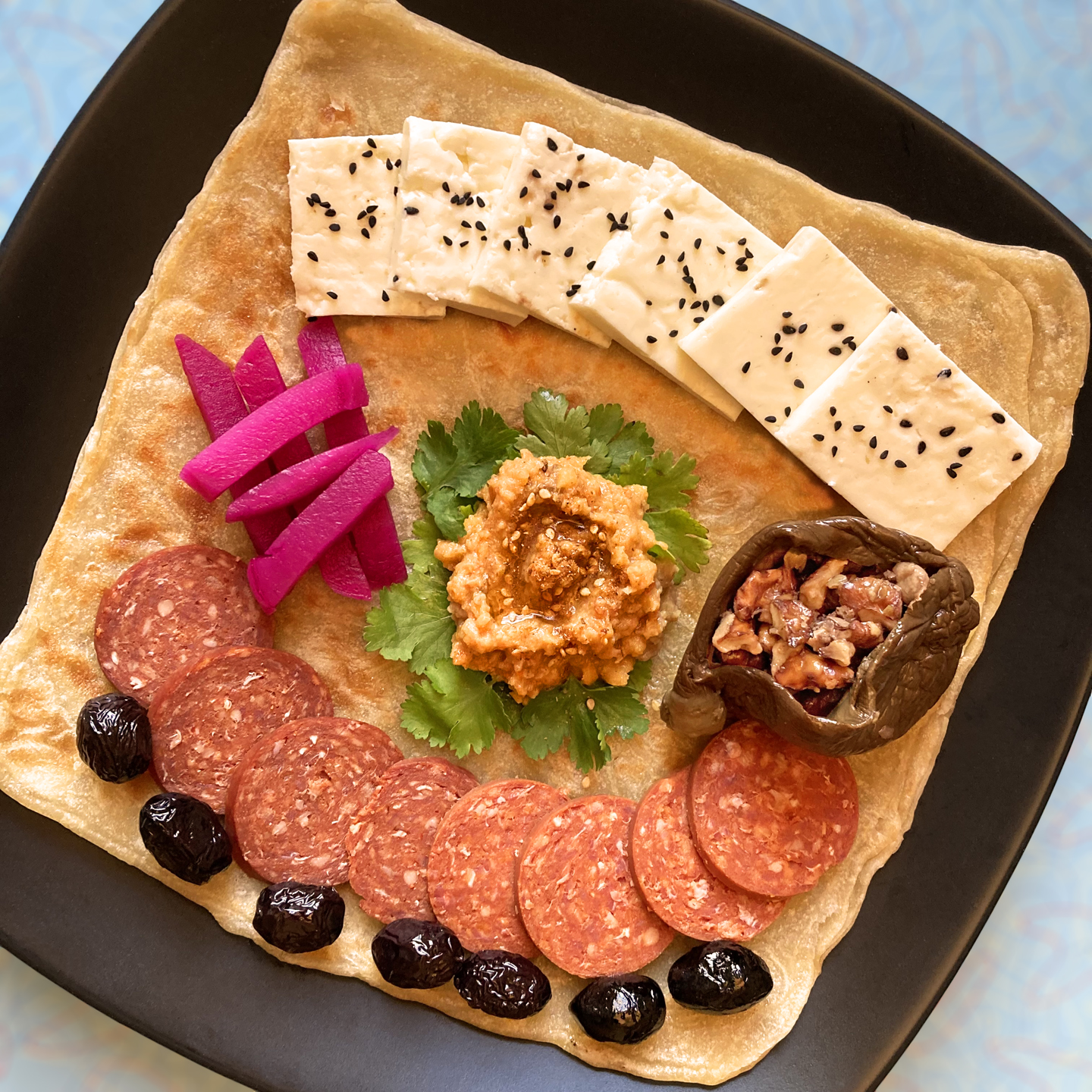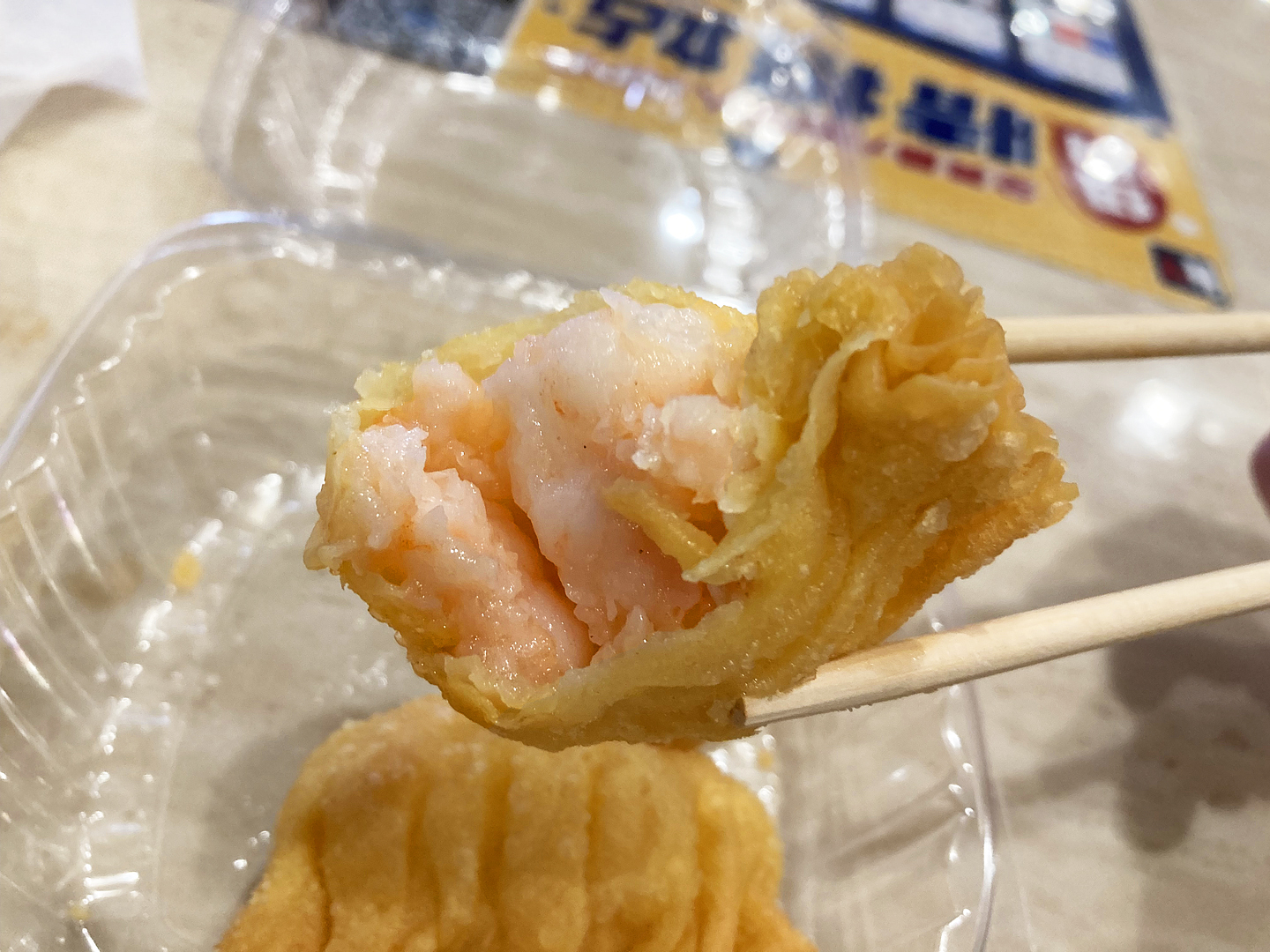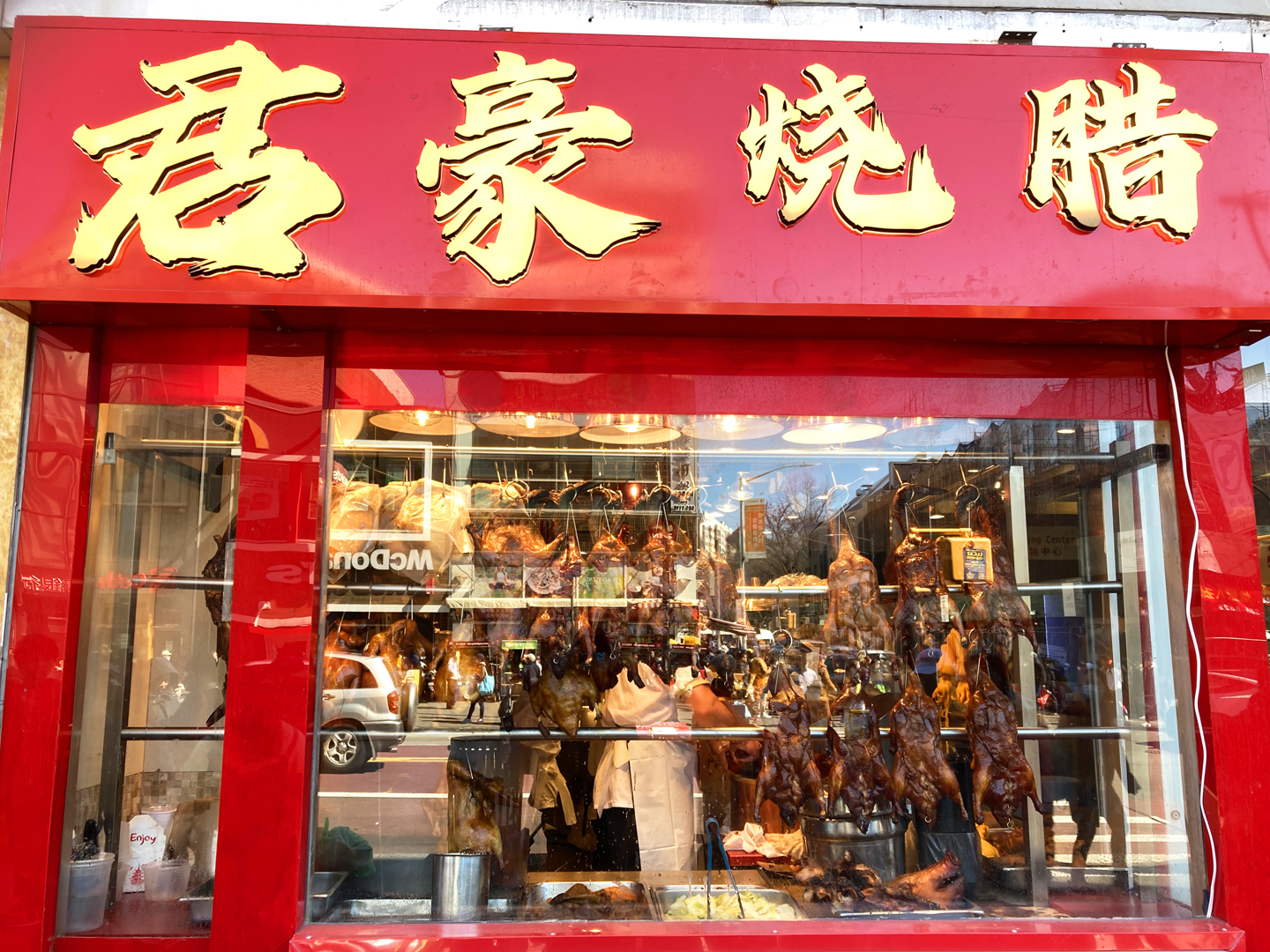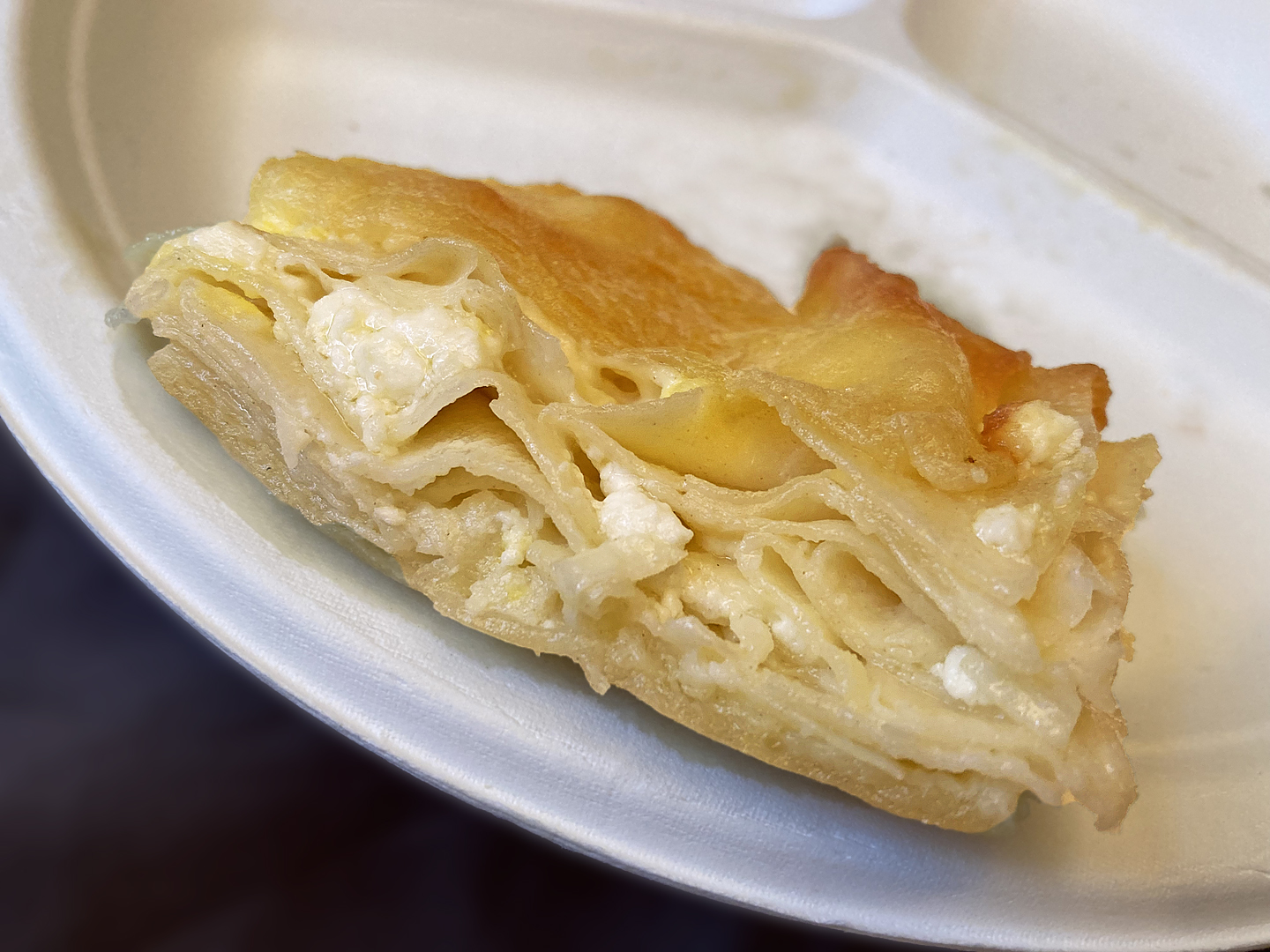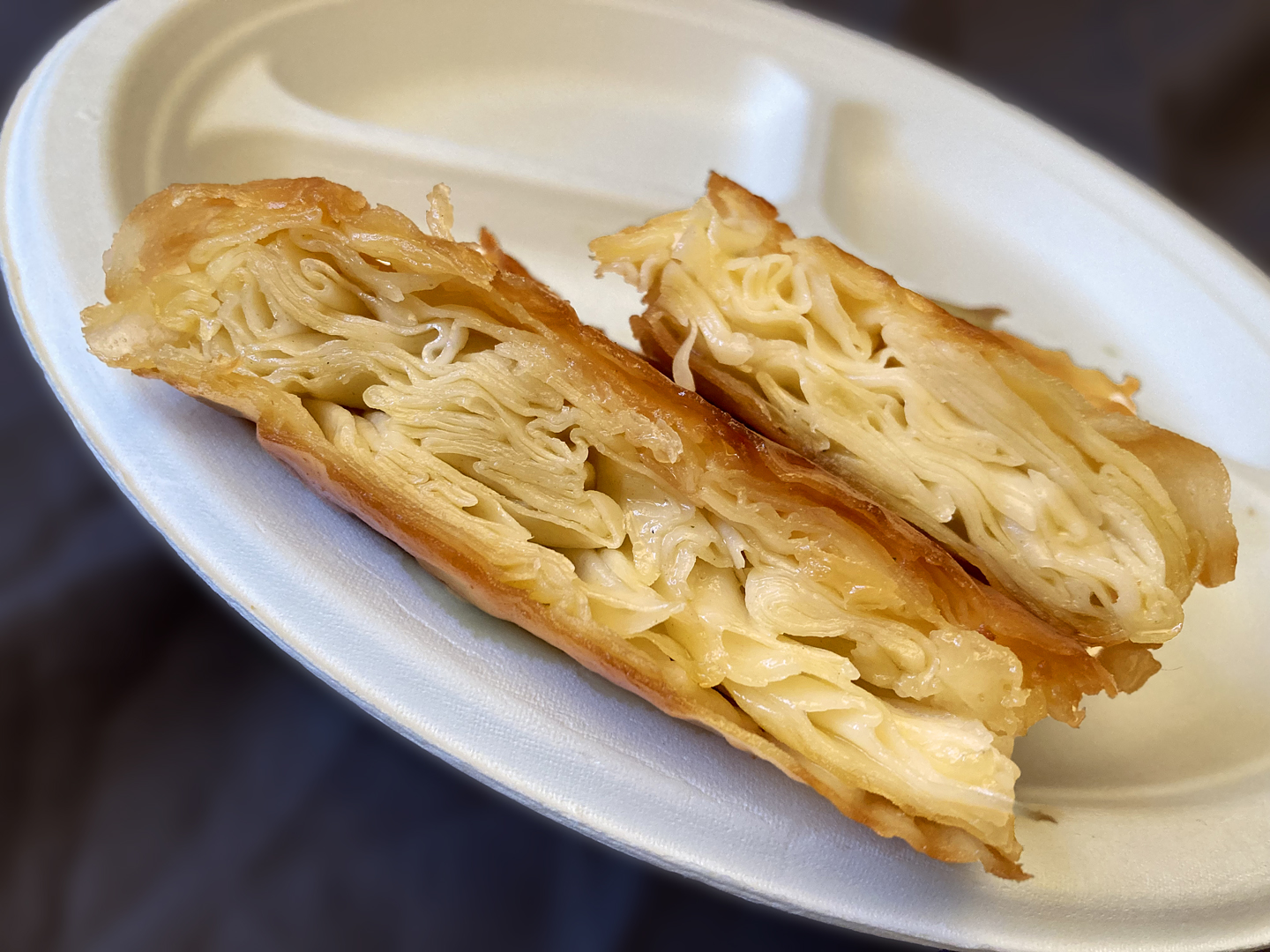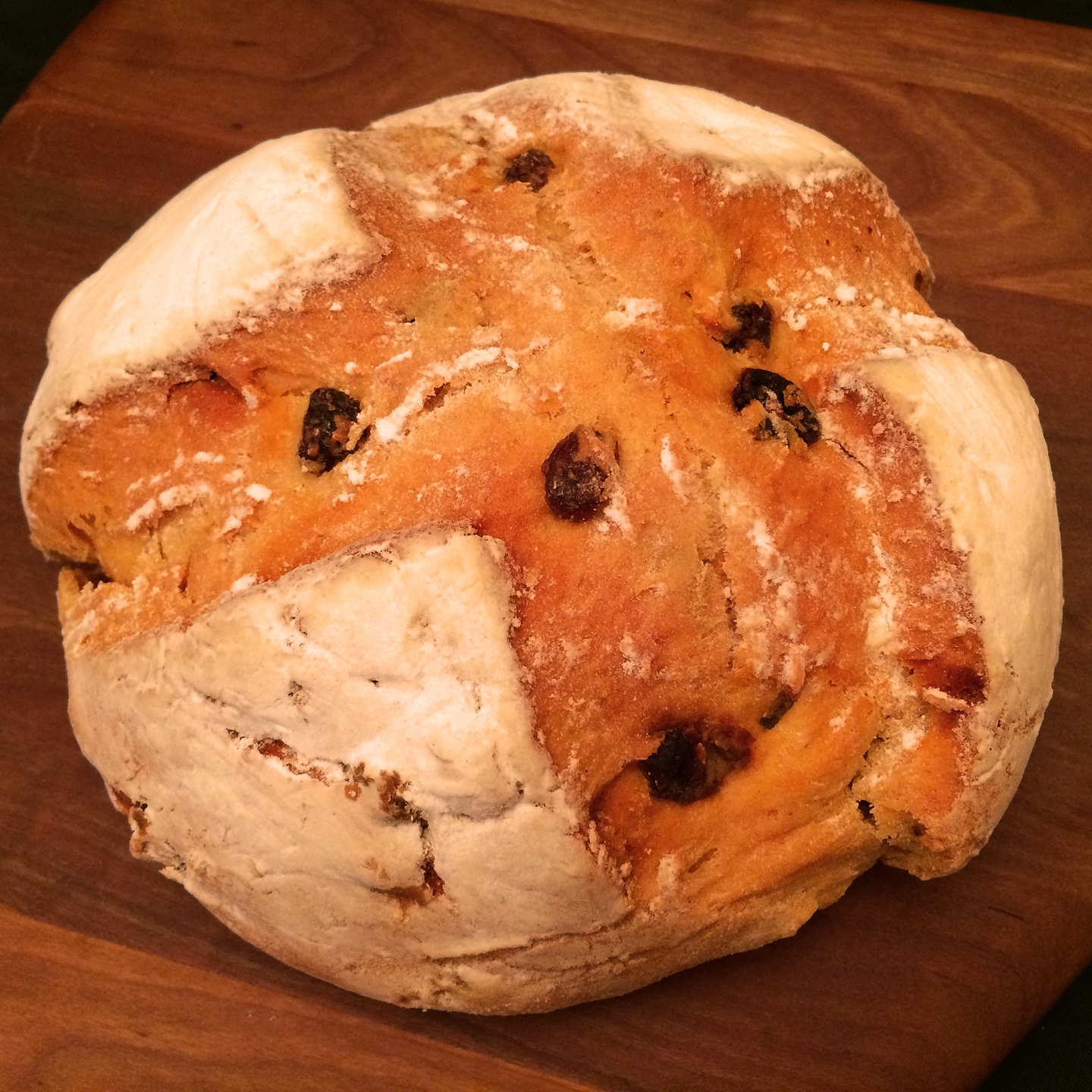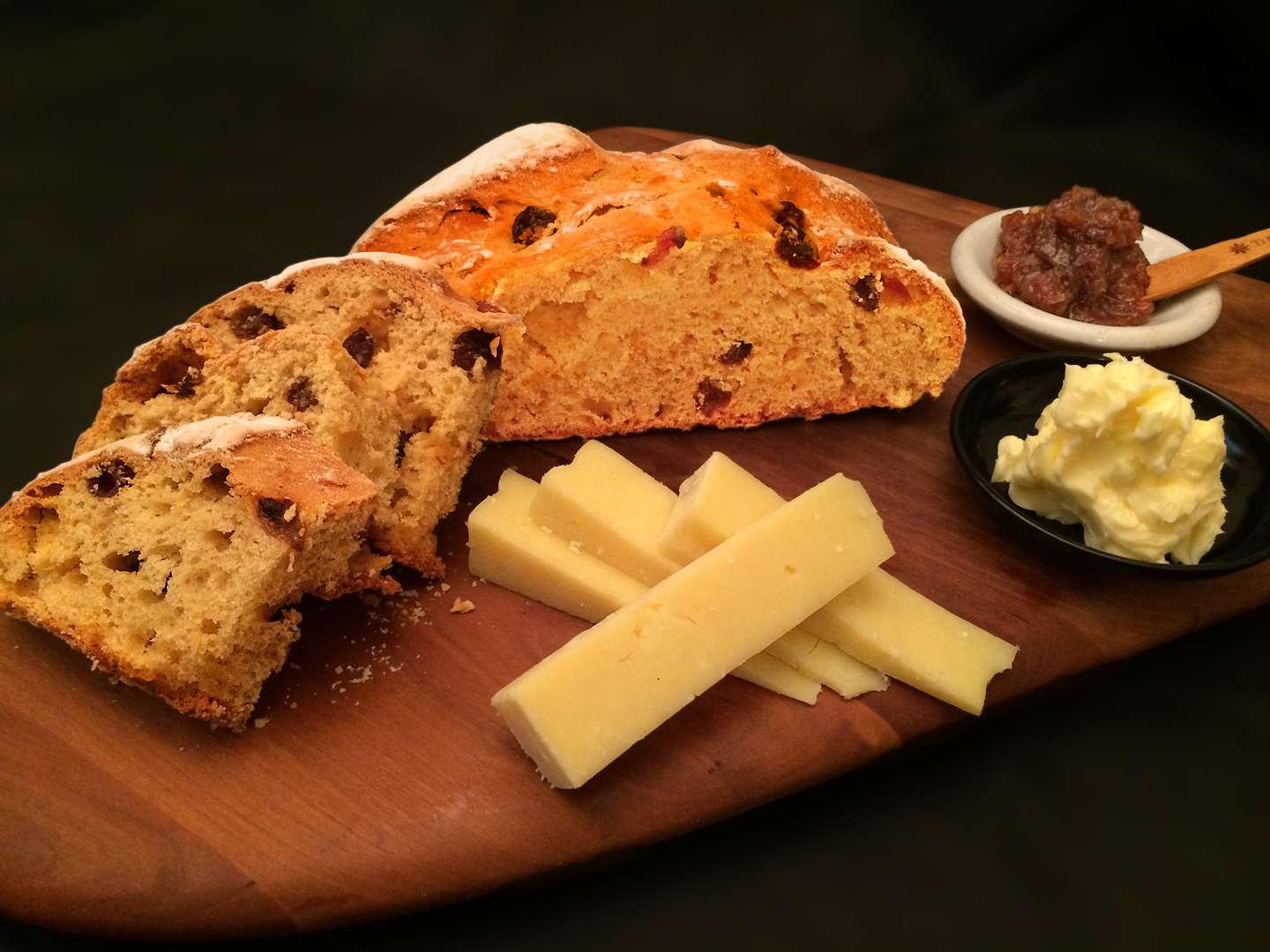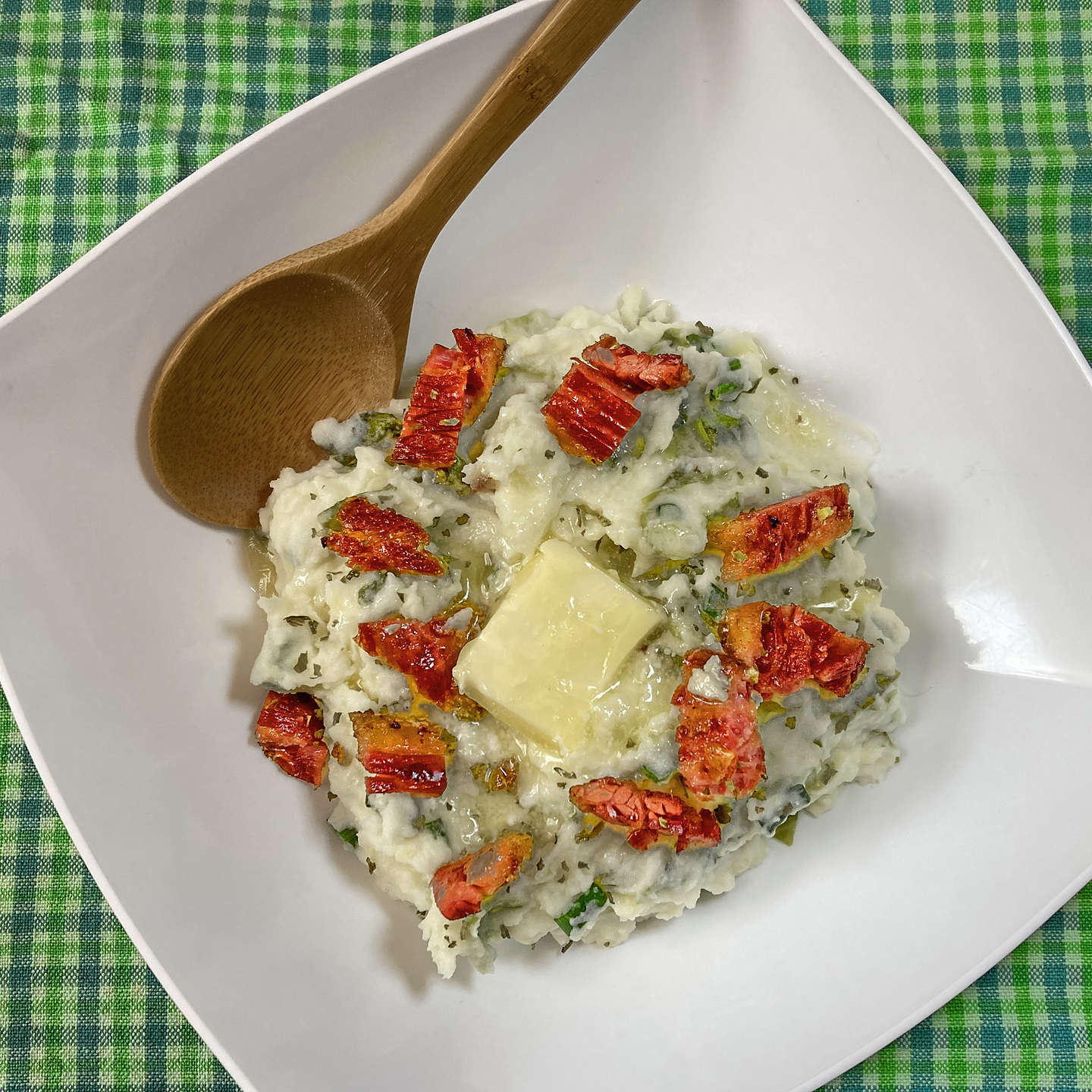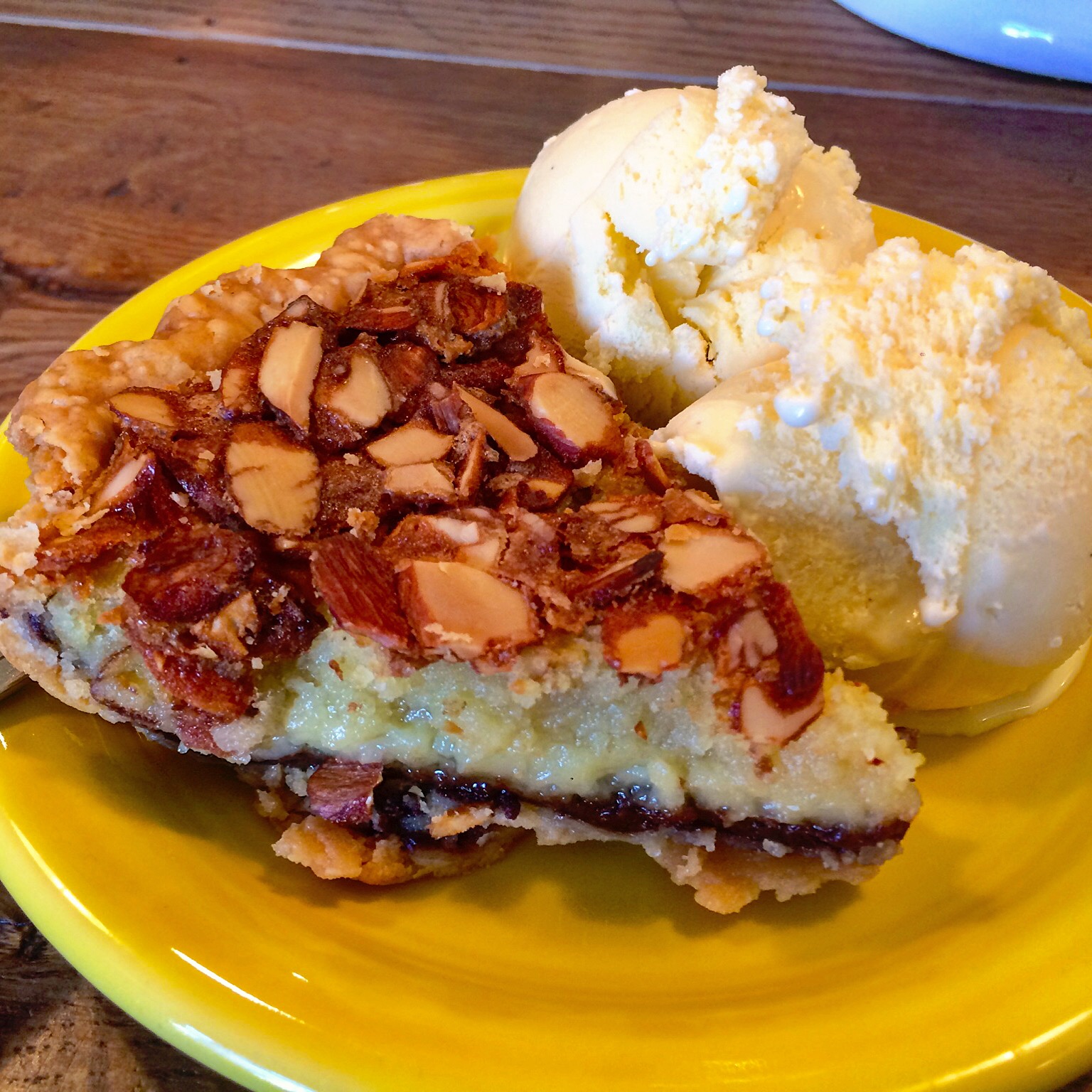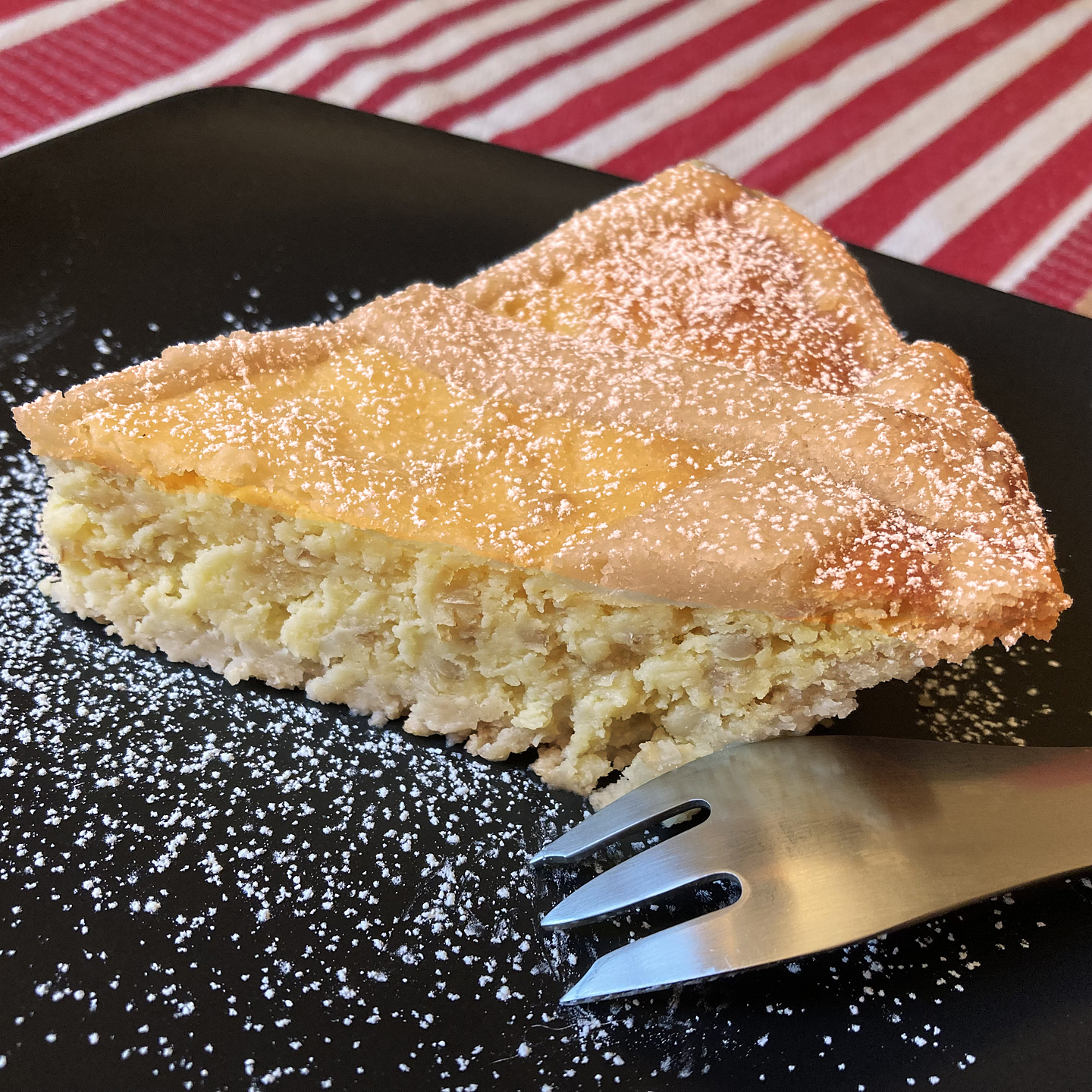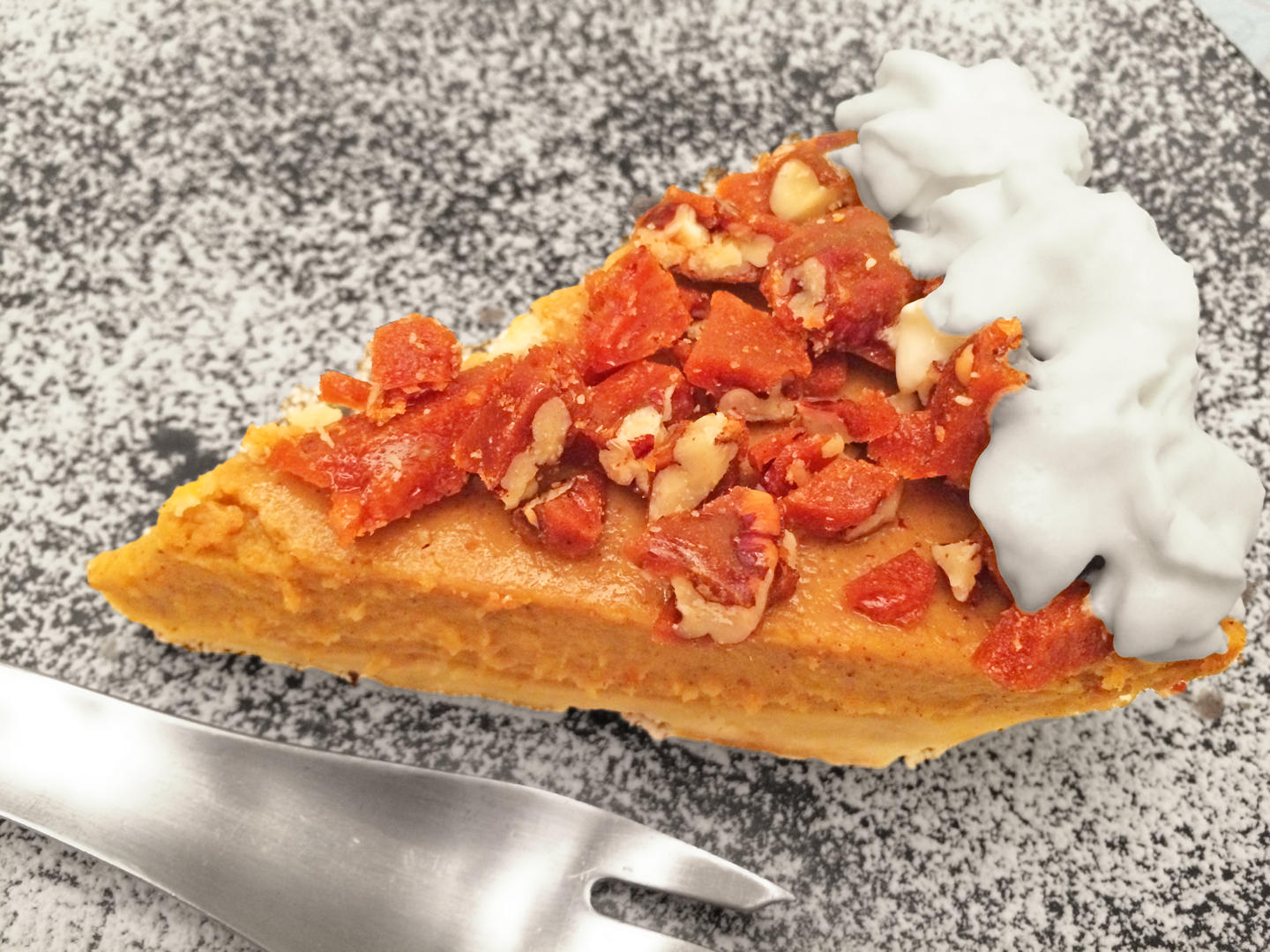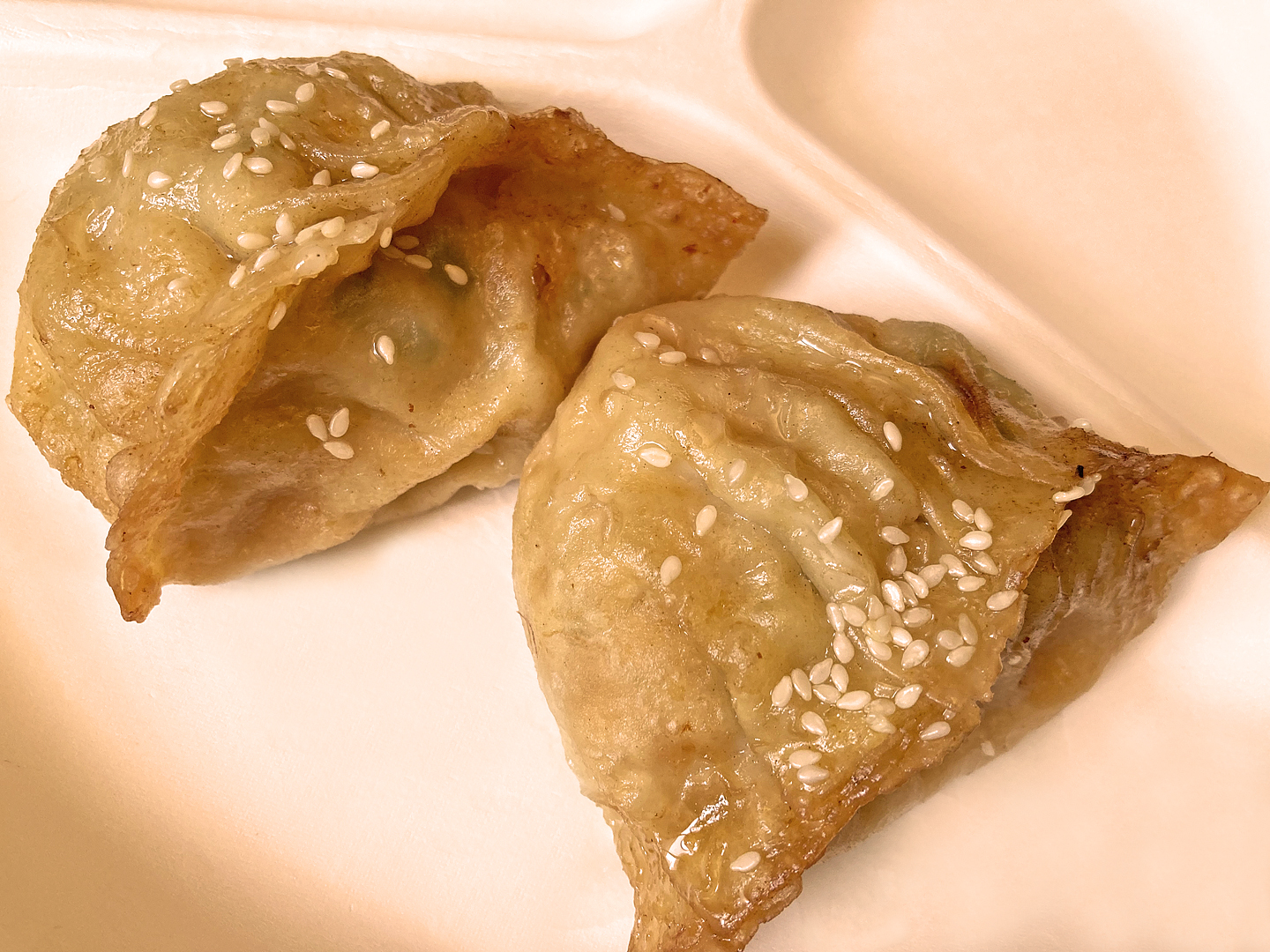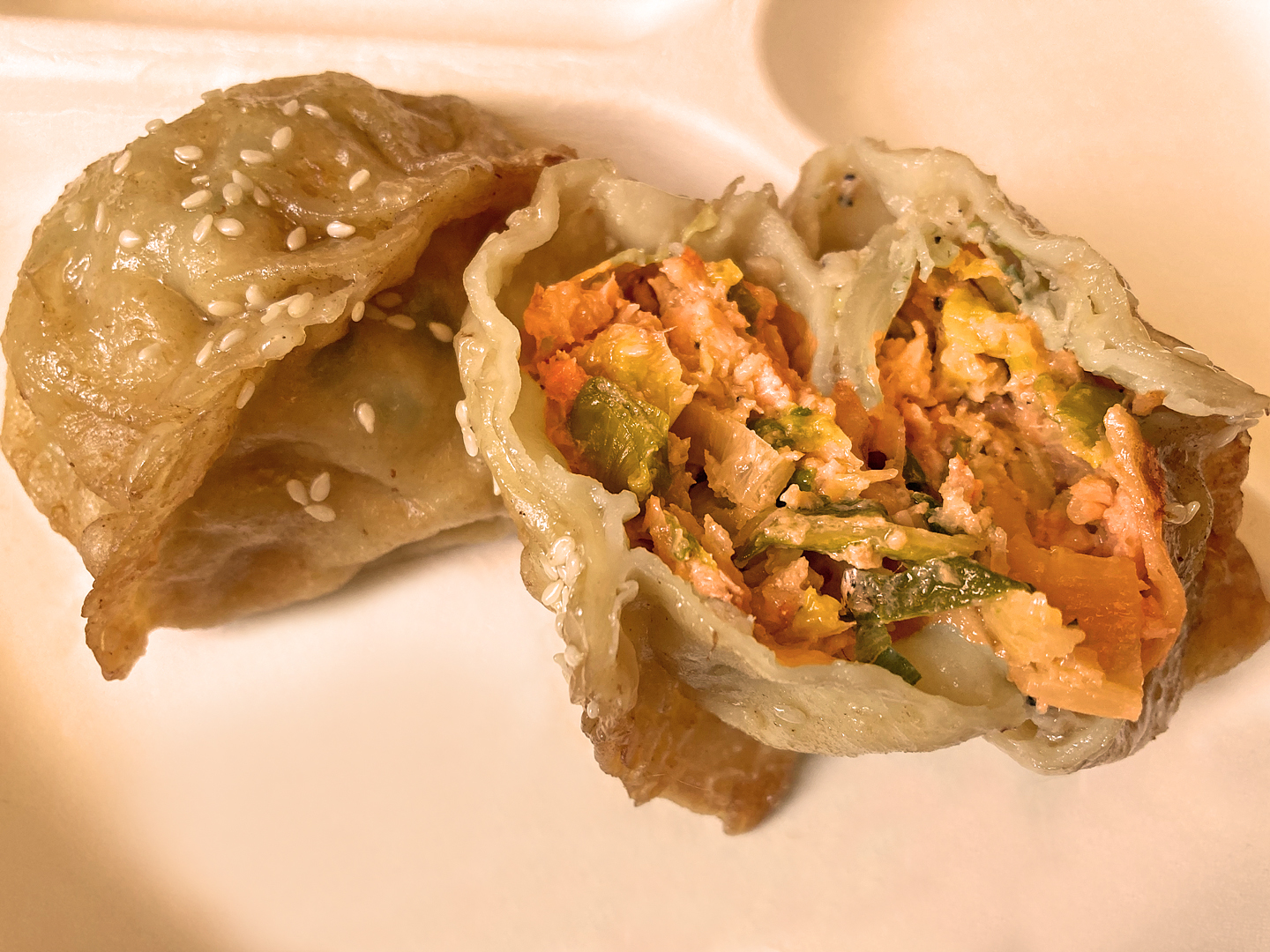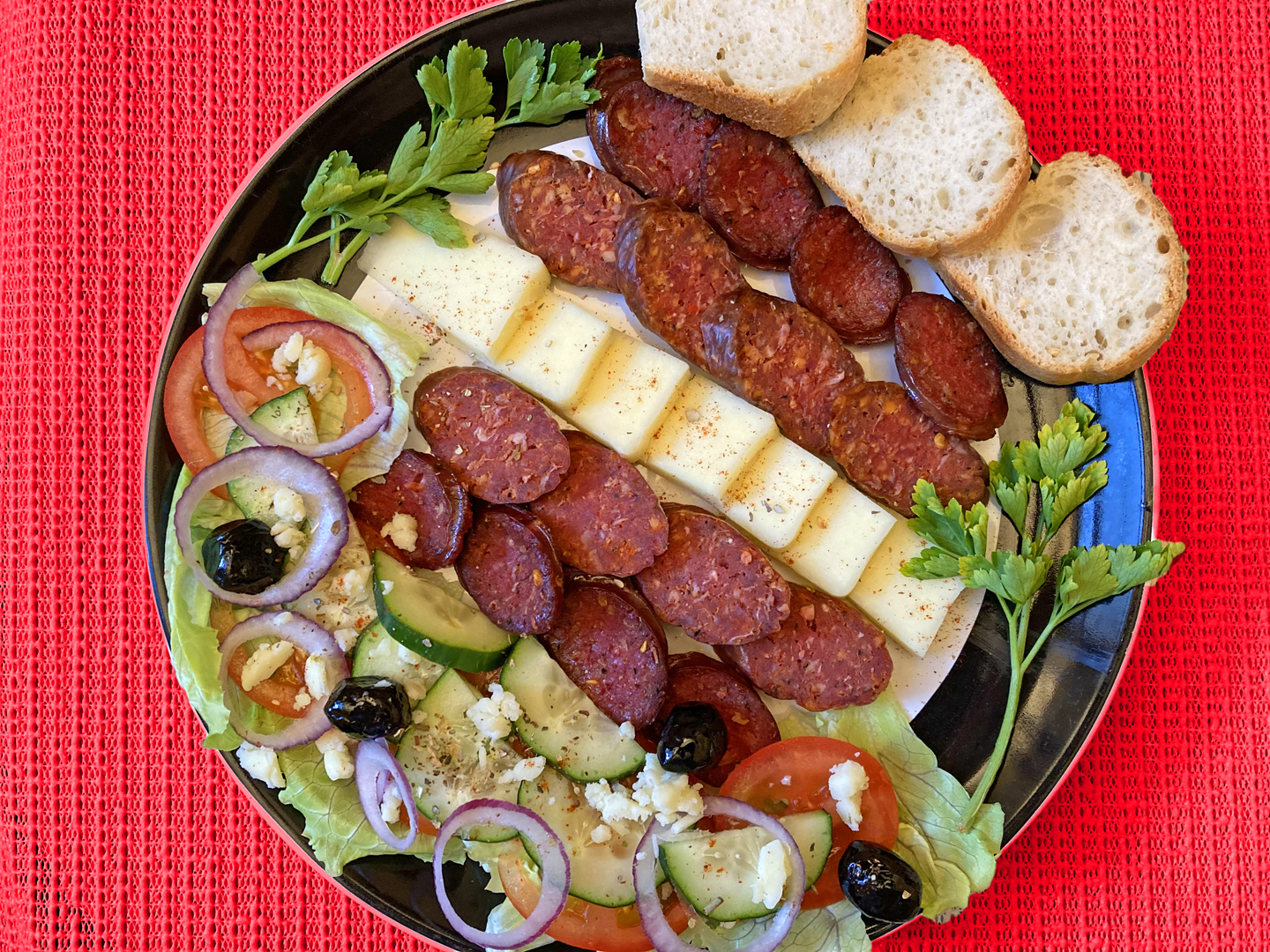There are few things about which I am a purist. (One is not ending a sentence with a preposition. See first sentence.)
Another is the pronunciation of the versatile and much beloved fresh pasta filata cheese, mozzarella.
Now, I’m not advocating that we all embrace the charming Sicilian-American argot, “mootzadell” like the neighborhood paisans I remember affectionately from my yout – er, youth.
That’s a long ō in there. Mozzarella rhymes with “Totes umbrella”.
“Matzarella” just cheeses me off. To my ears that sounds like a diminutive female Jewish cracker.
Now that that’s out of the way, let’s get down to the real subject of this post.
(Click on any image to view it in high resolution.)
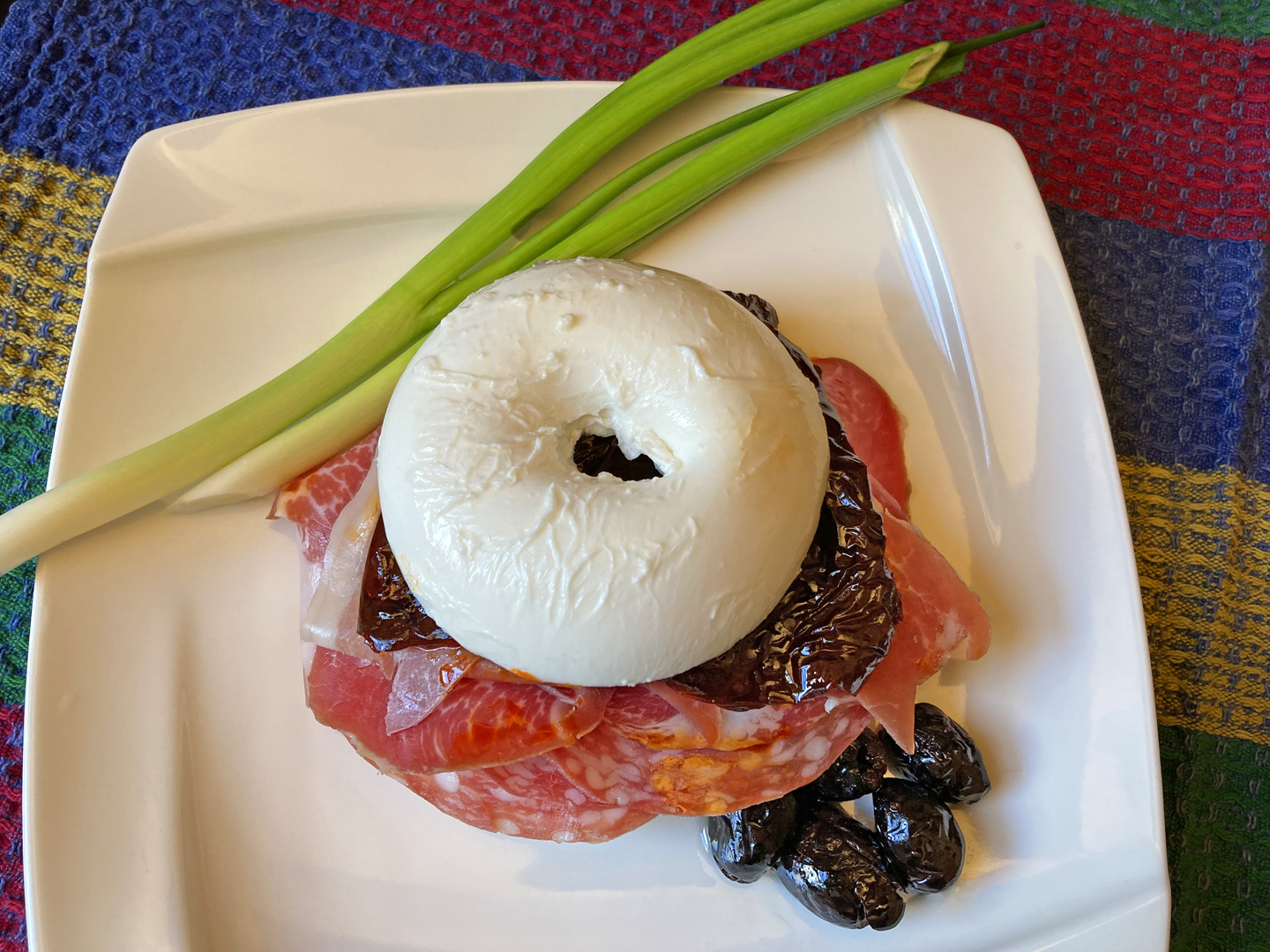
MozzLab at 502 Henry St, Brooklyn, is a contemporary cheese shop specializing in hand stretched mozzarella made fresh daily (along with its cousins, buffalo burrata, treccia and stracciatella) plus a few other cheeses as well as an array of Italian sandwiches incorporating them, a tempting selection of antipasti, and a mini Italian market.
I had heard about their “Mozzarella Bagels”, a sandwich that includes prosciutto, speck (a type of cured, smoky ham), and mortadella in which bagel-shaped mozz stands in for the bread. I planned to get just the dairy part as a surprise for a vegetarian friend who loves mozzarella but the hitch was that they don’t sell the cheesy toroid by itself. I’m unsure why fulfilling the request was so daunting; I tried explaining what I wanted in English, then to the staff in my defective Spanish (hablaban español pero no inglés) and finally in fractured Italian to the owner (the Big Cheese?) who was adroitly stretching fresh mozz with great panache before my eyes. But when I referred to him as “Il Maestro”, he smiled and made a couple for me as a special order while I watched.

The first photo shows what I did to mine when I got it home (those sandwiches looked too good); the second shows the plain unadorned version I gave to my friend.
Everything I tasted from MozzLab was top quality and the atmosphere projected the warmth and camaraderie you’d hope for from a local business and its regulars. Kind of reminded me of the handful of Italian specialty shops from my neighborhood as a kid.

